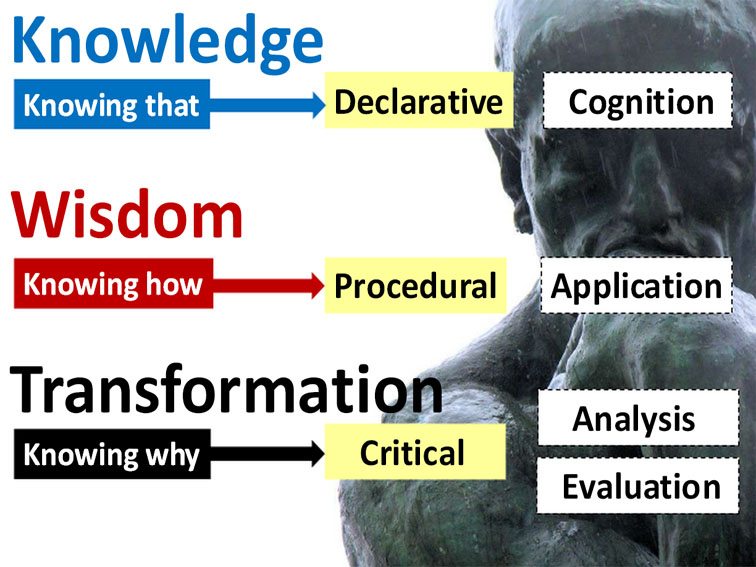Toward An Architecture of Participation
by TeachThought Staff
Reading, in terms of scale and diversity, is different than it used to be. Thinking, in terms of context and application, is also different.
It makes since that learning is also changing–becoming more entrepreneurial than directly didactic. That is, more learner-centered and than teacher-controlled.
The presentation below by Steven Wheeler explores some of the shifts occurring in our digital age. Wheeler also clarifies the difference between knowledge, wisdom, and critical awareness. As we explore so many new teaching and learning methods, an ironic side-effect is there is no longer a consensus on what ‘learning’ is, a concept this presentation seeks to understand.
Architecture of Participation: 7 Characteristics of Future Learning
Even more interesting is the ‘architecture of participation,’ supercharged by social media and characterized by:
- Collaborating
- Tagging
- Voting
- Networking
- User-Generated Content
- Tools
- Sharing
Social factors are coming to dominate learners’ interaction with text and other media, making a kind of communal constructivism and learning literacy, perhaps the single-most fundamental trend in “future learning.”
Communal Constructivism
According to a study by Sheffield Hallam University, communal constructivism “posits that students not only actively and socially create their own knowledge, but are active in the process of constructing knowledge for a larger learning community…(and) wider disciplinary arenas.” This simple-sounding idea has the potential to fundamentally shift how learning–and learning processes–are designed and evaluated. Ultimately is a matter of design: If learning is about knowledge acquisition, we go this way; if it’s about knowledge construction, we might go that way.
We’re going to explore communal constructivism in much greater depth soon, and the following presentation works well as a primer.


